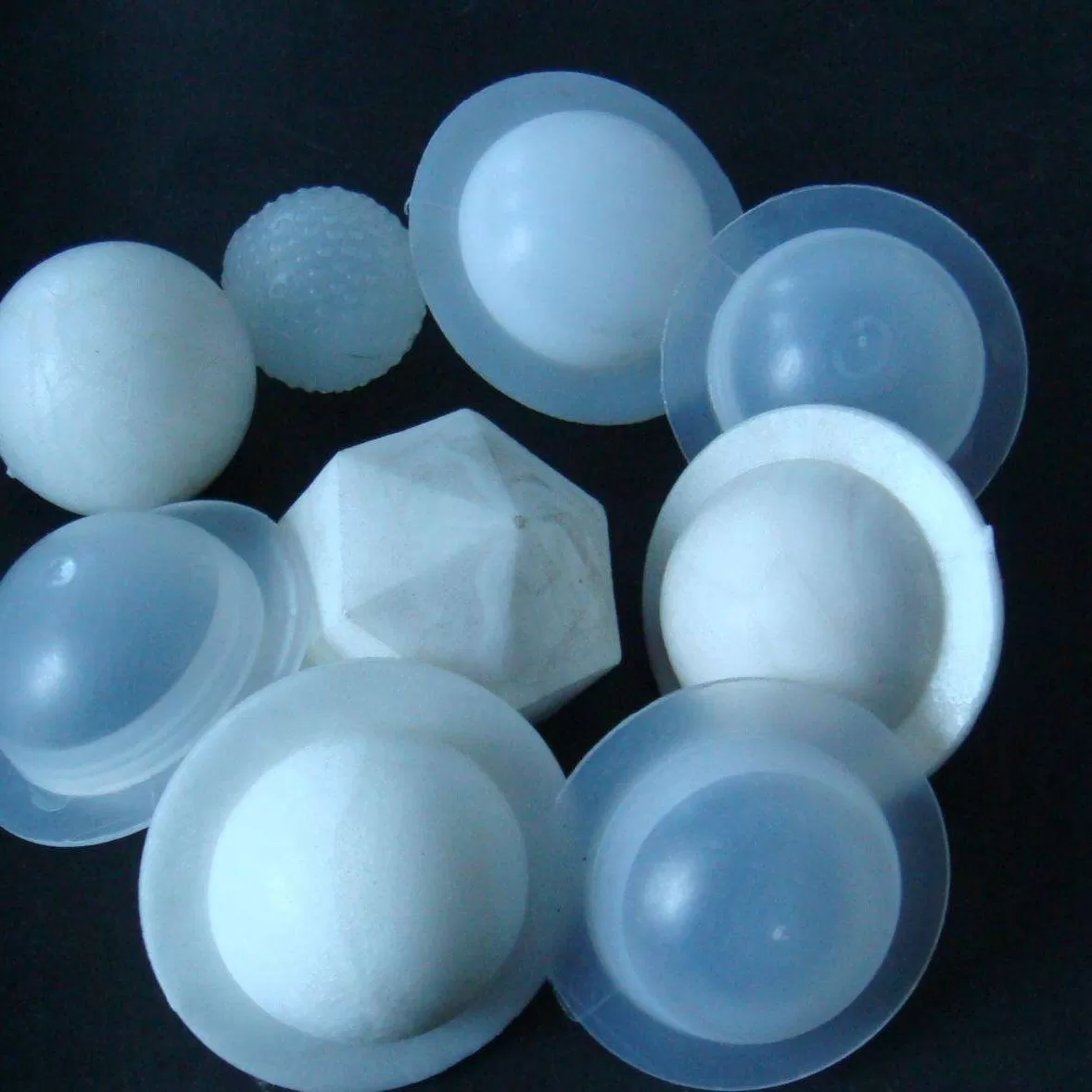Liquid Surface Covering Ball: An Overview
Liquid surface covering balls are innovative products designed to address various challenges associated with liquid storage and treatment. These balls, typically made from materials like polypropylene (PP) or polyethylene (PE), play a crucial role in enhancing the efficiency and sustainability of industrial processes.

Applications
- Water Treatment Facilities
- In water treatment plants, covering balls are extensively used in coagulation tanks and demineralized water tanks. They act as a physical barrier, reducing the impact of external factors on the water quality. For example, in demineralized water tanks, they prevent the contamination of water by air - borne impurities such as dust, oxygen, and carbon dioxide. This helps in maintaining the purity of the treated water, ensuring that it meets the required standards for further use, whether in industrial processes or for human consumption.
- Chemical Storage Tanks
- When it comes to storing corrosive chemicals like acids and alkalis in tanks, liquid surface covering balls are of great significance. They prevent the evaporation of these chemicals, which not only reduces the risk of harmful fumes being released into the environment but also minimizes the loss of valuable chemical substances. In acid - base storage tanks, the balls create a covering layer that inhibits the escape of acid - base gases, thereby reducing environmental pollution and conserving the chemical inventory.
- Industrial Lagoons and Ponds
- In industrial settings where large - scale liquid storage in lagoons or ponds is common, such as in the petrochemical or mining industries, covering balls serve multiple purposes. They can reduce the evaporation of liquids, which is especially important in regions where water is scarce. Additionally, they can help in controlling the growth of algae by blocking sunlight from reaching the liquid surface, which is a common problem in open - air liquid storage bodies.
Advantages
- Excellent Coverage Performance
- Liquid surface covering balls are designed to have a stable center of gravity, allowing them to stack neatly side - by - side. When placed on the liquid surface, they can achieve a high coverage rate, often up to 80% or more depending on the ball size and the surface area. This effective coverage ensures that the liquid is well - protected from external elements.
- Reduced Evaporation and Pollution
- By forming a continuous layer on the liquid surface, these balls significantly reduce liquid evaporation. This is beneficial not only for conserving valuable liquids but also for minimizing the emission of volatile substances into the atmosphere. In the case of water storage, the reduction in evaporation helps in water conservation, while in chemical storage, it prevents the release of harmful vapors, thus contributing to a cleaner and safer environment.
- Simple Installation and Maintenance
- Installing liquid surface covering balls is a straightforward process. They are simply added to the liquid surface based on the required surface area coverage. Once placed, they arrange themselves in an orderly manner without the need for complex setup. Moreover, maintenance is minimal as they do not require frequent replacement or adjustment under normal operating conditions.
- Versatile Material Options
- Available in materials like PP and PE, liquid surface covering balls can withstand a wide range of chemical environments. PP balls, for instance, are highly resistant to many acids and alkalis, making them suitable for use in chemical storage and treatment applications. PE balls, on the other hand, offer good flexibility and durability, which can be advantageous in various industrial liquid storage scenarios.
Technical Specifications
Parameter | Details |
Material | Polypropylene (PP), Polyethylene (PE) |
Sizes | Commonly available in 40mm, 50mm, 80mm diameters, with other sizes also possible upon request |
Quantity per Square Meter | Varies depending on size; for example, 40mm balls may require approximately 1600 balls per cubic meter to achieve good coverage |
Coverage Rate | Typically 80% - 91% depending on ball size and distribution |
Chemical Resistance | High resistance to common acids, alkalis, and many organic solvents when made from appropriate materials |
Temperature Resistance | PP balls can generally withstand temperatures up to 60 - 150 ºC depending on the grade, while PE balls have a temperature resistance range suitable for different applications, often up to around 100 ºC for standard grades |


.png)
.png)
.jpg)
.jpg)
.jpg)
.jpg)
.jpg)